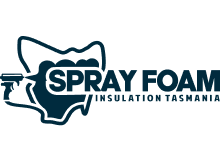Residential Insulation
Older homes typically rate poorly for energy-efficiency. In fact, the average home built before 2003 is considered “woeful” for efficiency standards by the Australian Climate Council.
Tasmania consumes more any energy than any other state, with 50% of that spent on heating (recfit.tas.gov). If your home is poorly insulated, it may be costing you thousands annually.

Did you know…
Many Tasmanian homes are old and draughty with many failing to meet the minimum energy standards required of new home builds. This leads to massive long term energy losses. That’s why it’s essential to invest in a state-of-the-art insulation solution so you can prevent your heating & cooling from leaking through your floor, ceiling, and walls.

of your energy

annual losses for the uninsulated
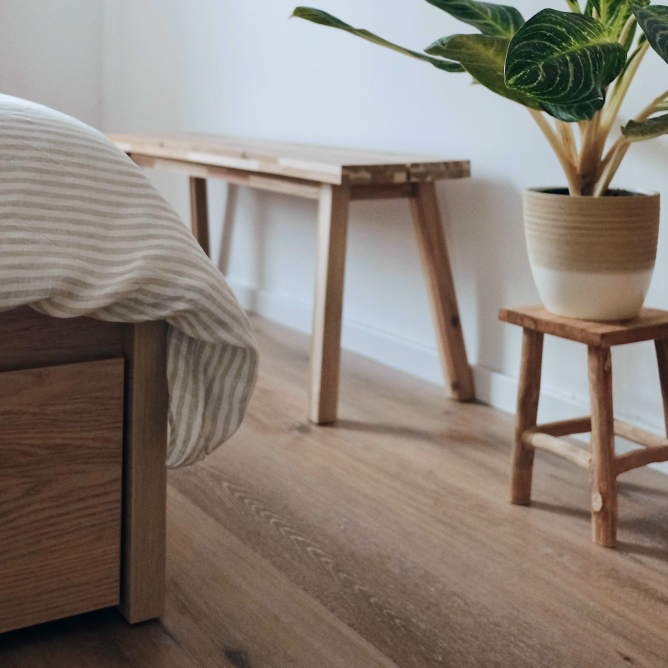
Underfloors
In our opinion, the most important part of your home to insulate. Say goodbye to creaks, chilling draughts, and cold floors by insulating your underfloor with spray foam.
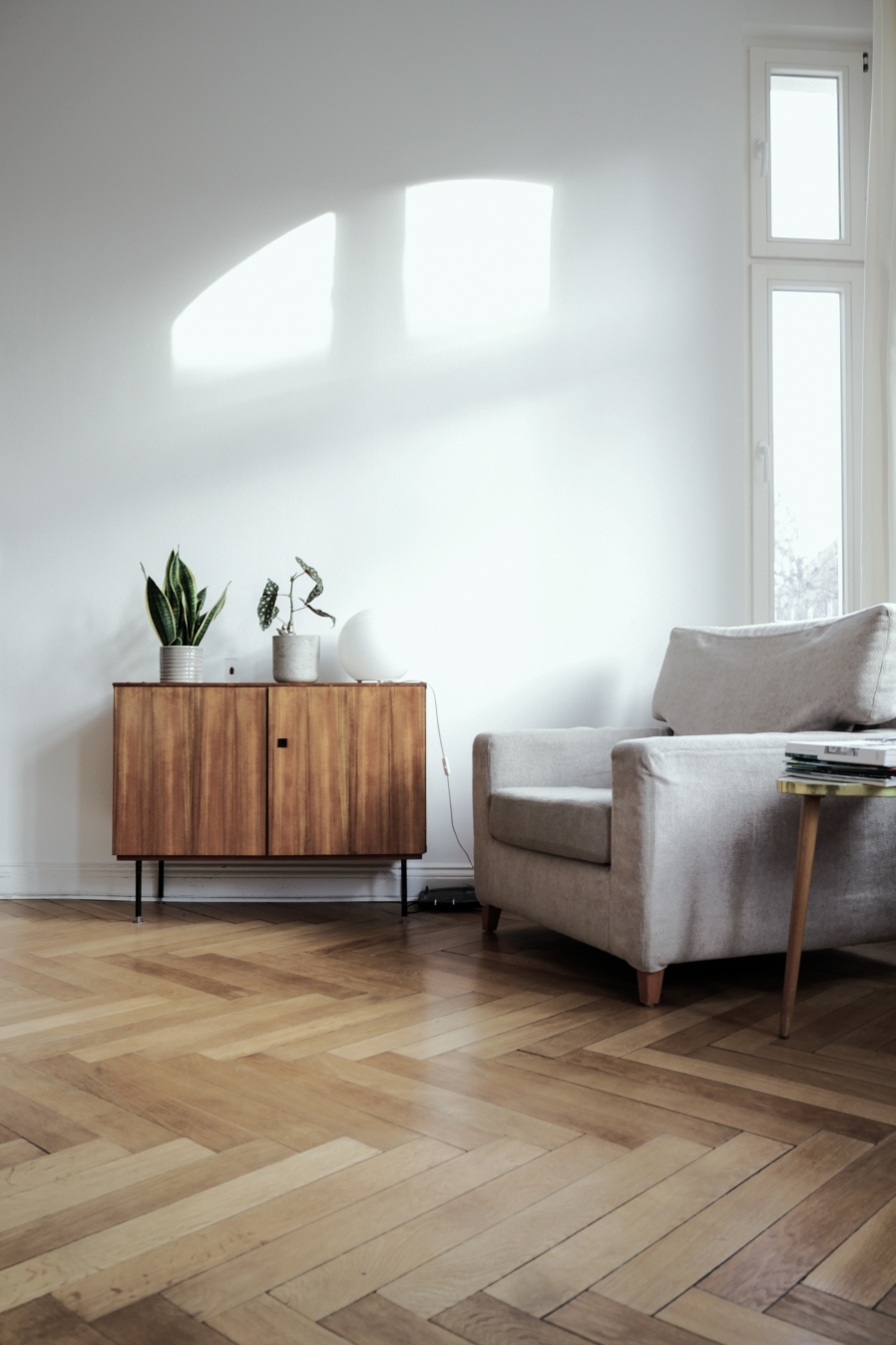
Walls
Solutions for new and existing homes. Sealing draughts caused by cracks around windows, light switches, and power points.
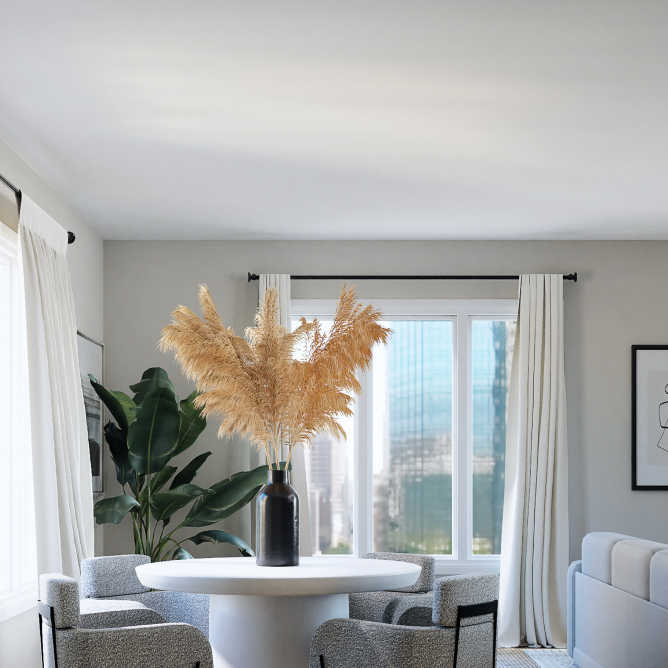
Ceilings
Find out how we can help keep your home warm, comfortable, and dry. Using the industry’s best thermally-efficient insulation batts.
Why insulate your home?

Lower Energy Bills
On average, Australian homes built before 2003 likely rate a poor 1.5 stars for energy efficiency. With a proper insulation solution, a 1.5-star rated home could save up to $1,292 annually (based on Hobart homes, CC-Smarter Energy Use report, 2022)

Health & Comfort
A study in the UK found that a cold home can double the risk of severe mental distress in people with no prior mental ill health (Clair & Baker, 2022). With insulation, you can achieve a warmer, more comfortable, and thermally stable home.

Sustainable
Tasmania consumes more energy per household than any other state (2020, aer.gov.au). Not only is insulation eco-friendly and sustainably produced, but it can also help us substantially reduce household carbon emissions.
